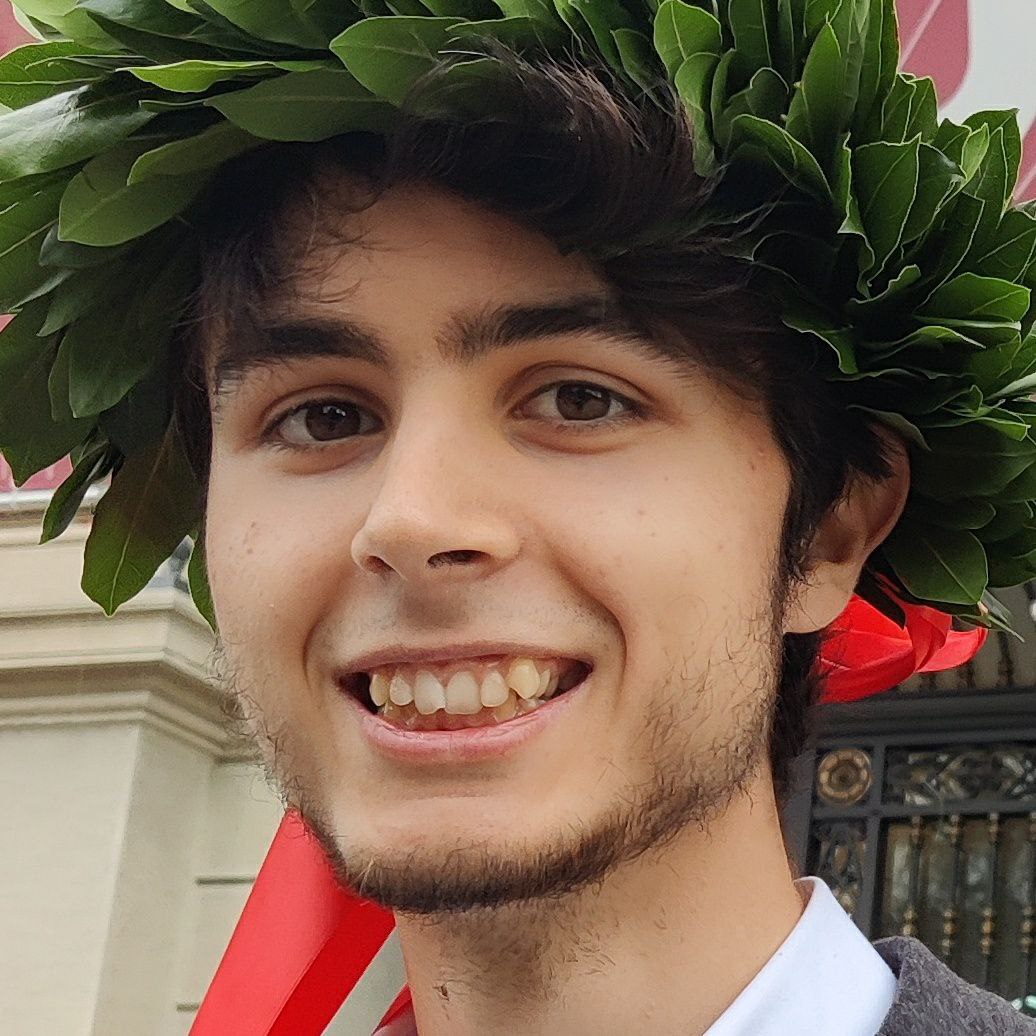
Larger Digit Permutation II
Let $B(n)$ be the smallest number larger than $n$ that can be formed by rearranging digits of $n$, or $0$ if no such number exists. For example, $B(245) = 254$ and $B(542) = 0$.
Define $a_0 = 0$ and $a_n = a_{n - 1}^2 + 2$ for $n>0$. Let $\displaystyle U(N) = \sum_{n = 1}^N B(a_n)$. You are given $U(10) \equiv 543870437 \pmod{10^9+7}$.
Find $U(10^{16})$. Give your answer modulo $10^9 + 7$.
